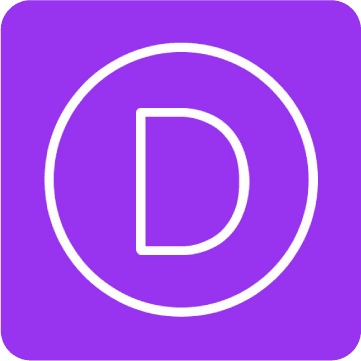Choosing a page builder | Gutenberg, Elementor, Divi, Bricks, Oxygen

In the vibrant realm of WordPress, the battle of page builders rages on, each contender vying for the title of the ultimate web crafting tool. In this bout, we have the heavyweights: Gutenberg, Elementor, Divi, Bricks, and Oxygen. Let's dissect the pros and cons of each, shedding light on their strengths and quirks, while shining a spotlight on why Bluesight confidently champions Oxygen for its prowess in speed, flexibility, and streamlined efficiency when it comes to WordPress website development
Gutenberg:
The WordPress Native

Pros:
Gutenberg's integration into WordPress core makes it easily accessible. Its block-based approach simplifies content creation and layout structuring, empowering users with a native solution.
Cons:
While Gutenberg offers a basic level of customization, its limited design capabilities may frustrate users seeking more intricate layouts and styling.
Elementor:
The Drag-and-Drop Dynamo

Pros:
Elementor's user-friendly drag-and-drop interface provides seamless visual building. Its rich template library, third-party integrations, and responsive design features cater to diverse needs.
Cons:
Complex animations and interactions might impact performance, and the free version can be restrictive for advanced features.
Divi:
The Design Marvel

Pros:
Divi's design-focused approach, coupled with its extensive library of modules and templates, empowers users to create visually stunning websites without delving into code.
Cons:
Divi's hefty design elements might lead to performance issues, and its learning curve can be steep for beginners. It is also not great for website performance and SEO as the code it outputs is very bloated.
Bricks:
The Innovative Newcomer

Pros:
Bricks' innovative approach marries visual design with efficiency. Its user interface is intuitive, and the system's focus on code optimization ensures better site performance.
Cons:
As a relatively new entrant, Bricks might lack the extensive community support and third-party plugins that other page builders boast.
Oxygen:
The Flexibility Maestro

Pros:
Oxygen's standout features include unmatched speed and unparalleled flexibility. Its visual coding approach appeals to developers and designers seeking granular control. If your developer uses Oxygen then this will not be at a cost to you as the license is unlimited.
Cons:
The learning curve can be steeper due to its visual coding approach, and the builder might be less intuitive for those new to web development. If you are going to have a web specialist build your website this is no problem and Oxygen allows the developer the largest scope to create a website that meets your needs.
The Bluesight Choice: Oxygen
Bluesight confidently aligns with Oxygen for its unwavering commitment to performance, frequent updates, flexibility, and streamlined efficiency. Oxygen's visual coding approach harmonizes speed with customizability, allowing designers and developers to create sites tailored to their vision without unnecessary bloat. To learn more about why we recommend Oxygen visit the Oxygen website to see how it stacks up against the competition.
The Final Verdict
Choosing the perfect page builder depends on your proficiency, project goals, and preferences. Gutenberg offers a native experience, while Elementor, Divi, and Bricks cater to different design and feature priorities. Oxygen stands tall as the choice for those who demand unbounded flexibility, speed, and are willing to embrace a bit of a learning curve. At the end of this battle, it's not just about the victor but about aligning the tool with your unique requirements.
